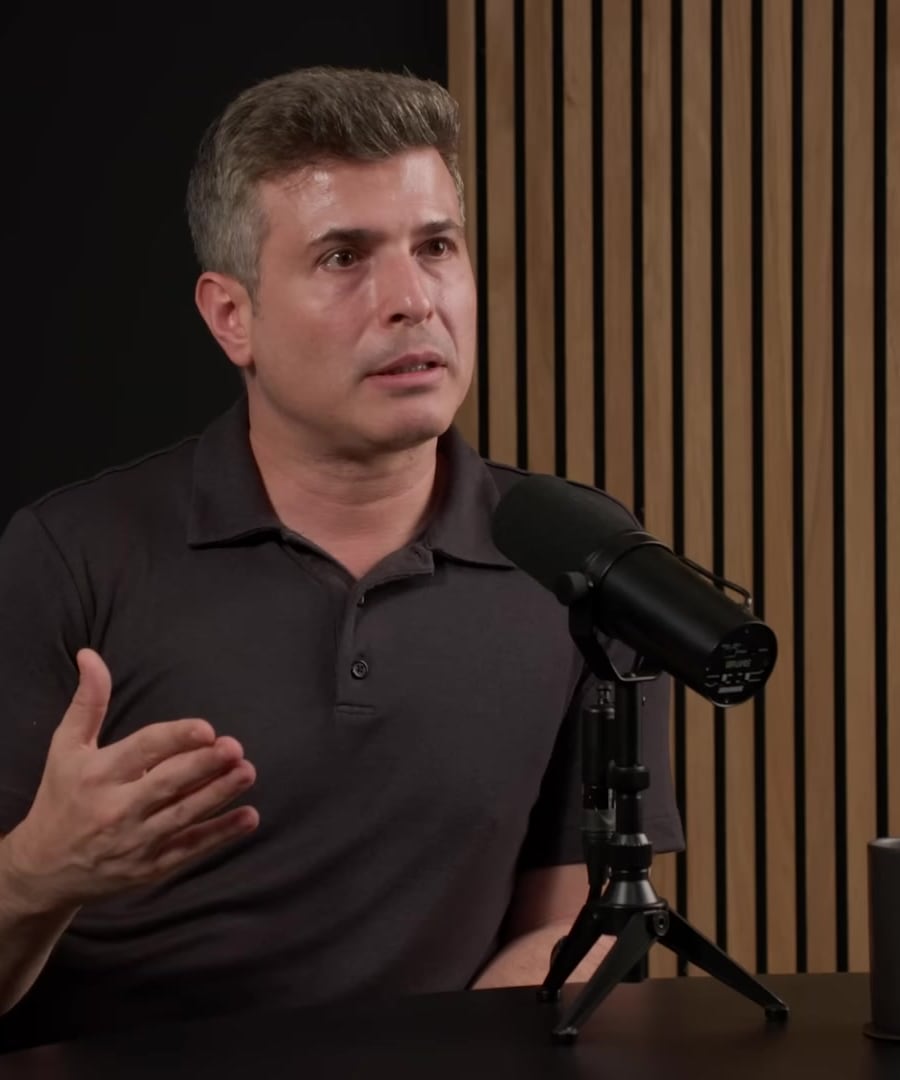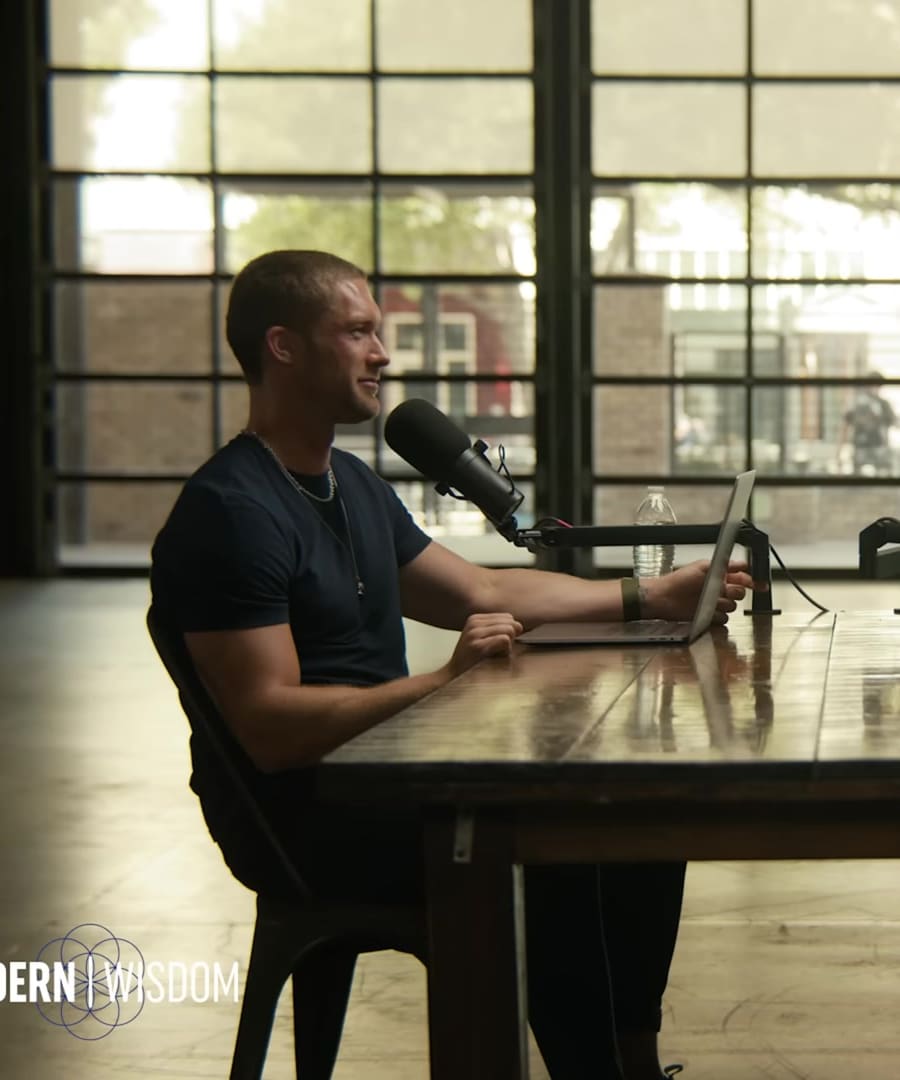What’s the best way to build muscle mass
Sources:
To build muscle mass effectively, recommends a high-volume workout approach where exercises are done to failure or beyond to stimulate muscle growth. The ideal range for repetitions can vary, but it generally involves tissue micro damage, molecular tension changes, and metabolic effects like superfusion of the muscle with blood. An interesting method that supports hypertrophy without significant tissue damage is blood restriction training, which involves using light weights with proper cuffs to restrict blood flow and stimulate muscle swelling 1.
Another useful insight from Dr. Huberman involves the 80/20 rule for optimal exercise. For resistance training, approximately 80% should not go to failure, while the other 20% can be high intensity to failure. For endurance, the principle is similar—80% of the work should avoid the "burn" sensation, but approximately 20% can include it, triggering beneficial metabolic changes that support muscle and brain health 2.
Additionally, using weights in the range of 30% to 80% of your one-repetition maximum is beneficial for hypertrophy and strength, with a need to perform sets to failure or close to failure to maximize the benefits 3. Furthermore, a phase approach to training can be advantageous, with periods focusing predominantly on resistance or endurance training and subsequently switching the emphasis after a number of weeks 4.
Duncan French, another expert featured in the Huberman Lab podcast, emphasizes creating a metabolic stress for muscle hypertrophy by conducting high-intensity, short-duration workouts with restricted rest periods. This approach is often more effective for muscle growth than workouts focusing on maximal strength with longer rest periods 5.
Remember that nutrition, sleep, and recovery also play crucial roles in muscle growth and should not be neglected during your training regimen.
RELATED QUESTIONSWhat’s the best morning routine
Sources:
The best morning routine typically involves a combination of sunlight exposure, movement, and methods to increase your core body temperature, as recommended by . Here are key points mentioned regarding an effective morning routine:
-
Exercise:
- Engaging in some form of exercise, like a light jog, skipping rope, or a walk, can be beneficial early in the day. It increases your core body temperature, which helps you feel more awake and supports better sleep at night 1.
-
Sunlight Exposure:
- Getting bright sunlight first thing in the morning helps regulate your circadian rhythm, which influences sleep, energy, mood, and wakefulness 2.
-
Cold Exposure:
- Cold showers or plunges in the morning can further help increase core body temperature and wakefulness 1.
-
Slow Start:
- Some experts, like Rick Rubin, start their day slowly and avoid diving into work immediately. They engage in activities like walking or stretching before working 3.
-
Consistency:
- Consistent wake-up times and morning activity levels can also be beneficial, as they help to establish a stable circadian rhythm 4.
-
Avoiding Early Work:
- Andrew Huberman suggests tackling tasks with greater "limbic friction", or activities that require significant effort and focus, during the first 0-8 hours after waking, typically avoiding immediate work-related tasks 5.
-
Creativity:
- Avoiding immediate engagement with external stimulations, such as social media or emails, can foster a more creative mindset earlier in the day 6.
-
Healthy Habits:
- Morning is seen as an opportunity to engage in practices that set the tone for the day, emphasizing health, productivity, and personal goals 5.
-
Social and Constructive Rest:
- Even on rest days, activities like sauna and social interactions can contribute to personal well-being 7.
Remember, tailoring your morning routine to fit your personal needs, lifestyle, and objectives is essential, and any health-related adjustments should be made in consultation with healthcare professionals.
RELATED QUESTIONS-
What’s the best way to build muscle mass
- RELATED QUESTIONS
What’s the best morning routine
- RELATED QUESTIONS











